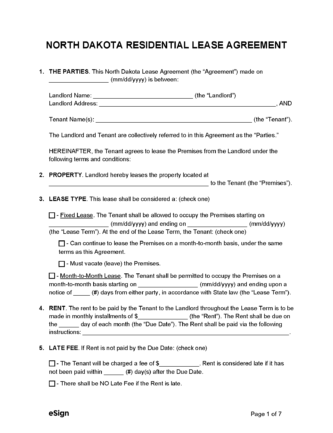Lease Agreements: By Type (6)
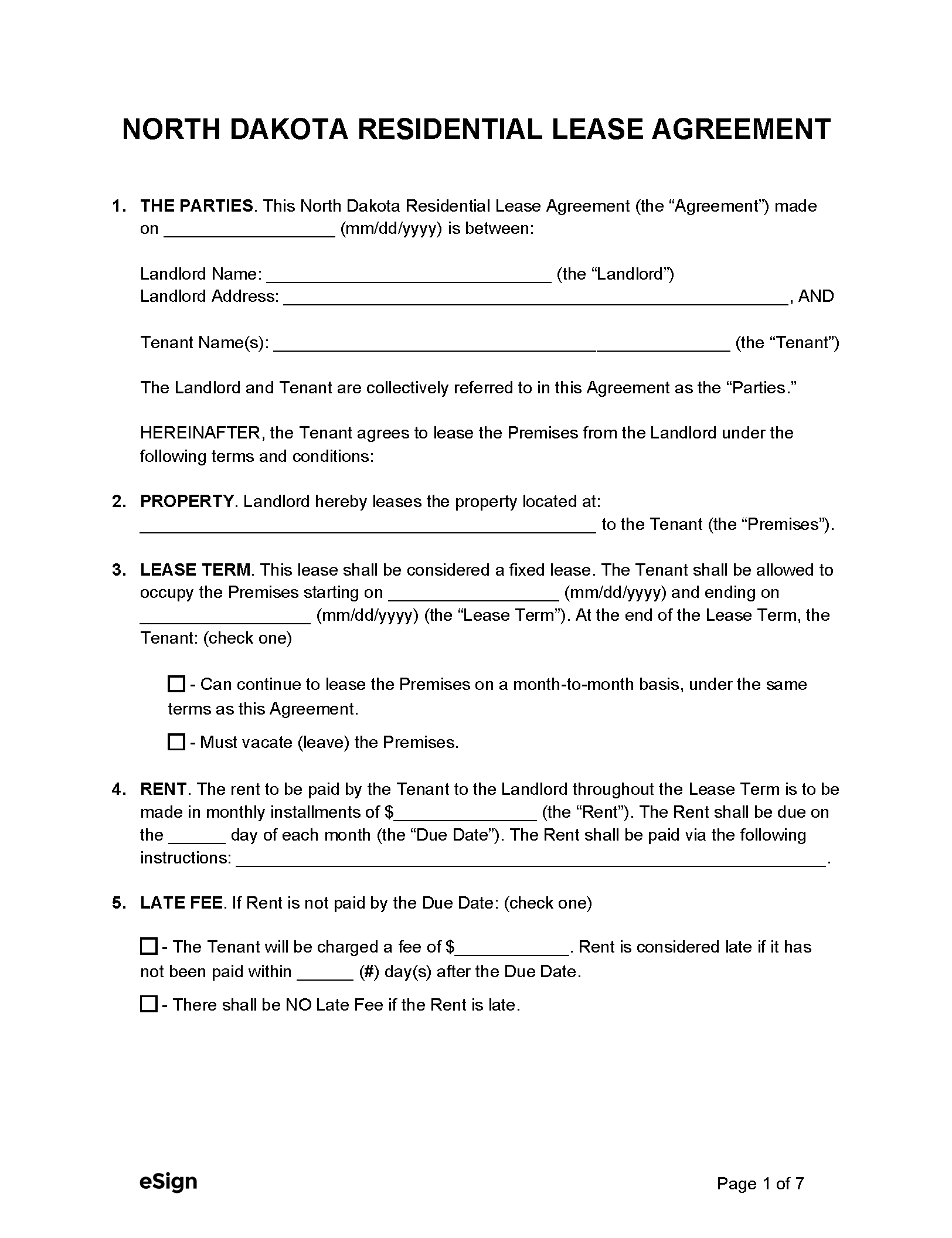 Standard (1-Year) Lease Agreement – Annual leases are the most common type of rental agreement. They have a one-year term with monthly payments and, in most cases, an option to renew. Standard (1-Year) Lease Agreement – Annual leases are the most common type of rental agreement. They have a one-year term with monthly payments and, in most cases, an option to renew.
Download: PDF, Word (.docx), OpenDocument |
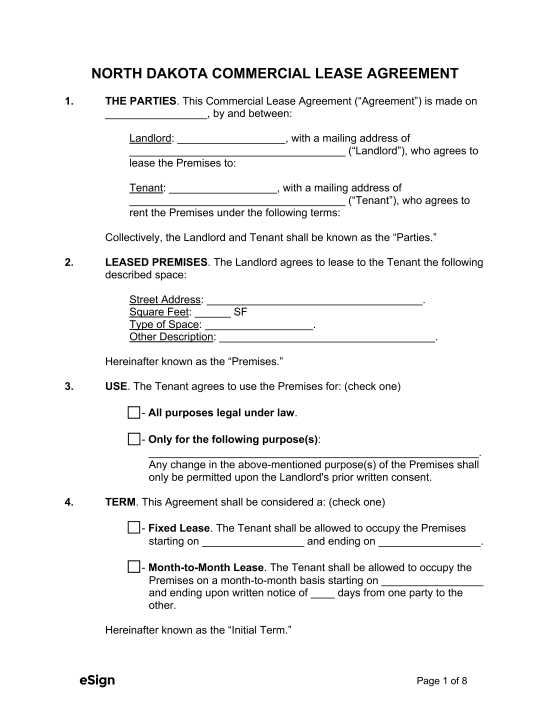 Commercial Lease Agreement – A rental contract that lays out the terms whereby an individual or business will rent commercial space from a property owner. Commercial Lease Agreement – A rental contract that lays out the terms whereby an individual or business will rent commercial space from a property owner.
Download: PDF, Word, OpenDocument |
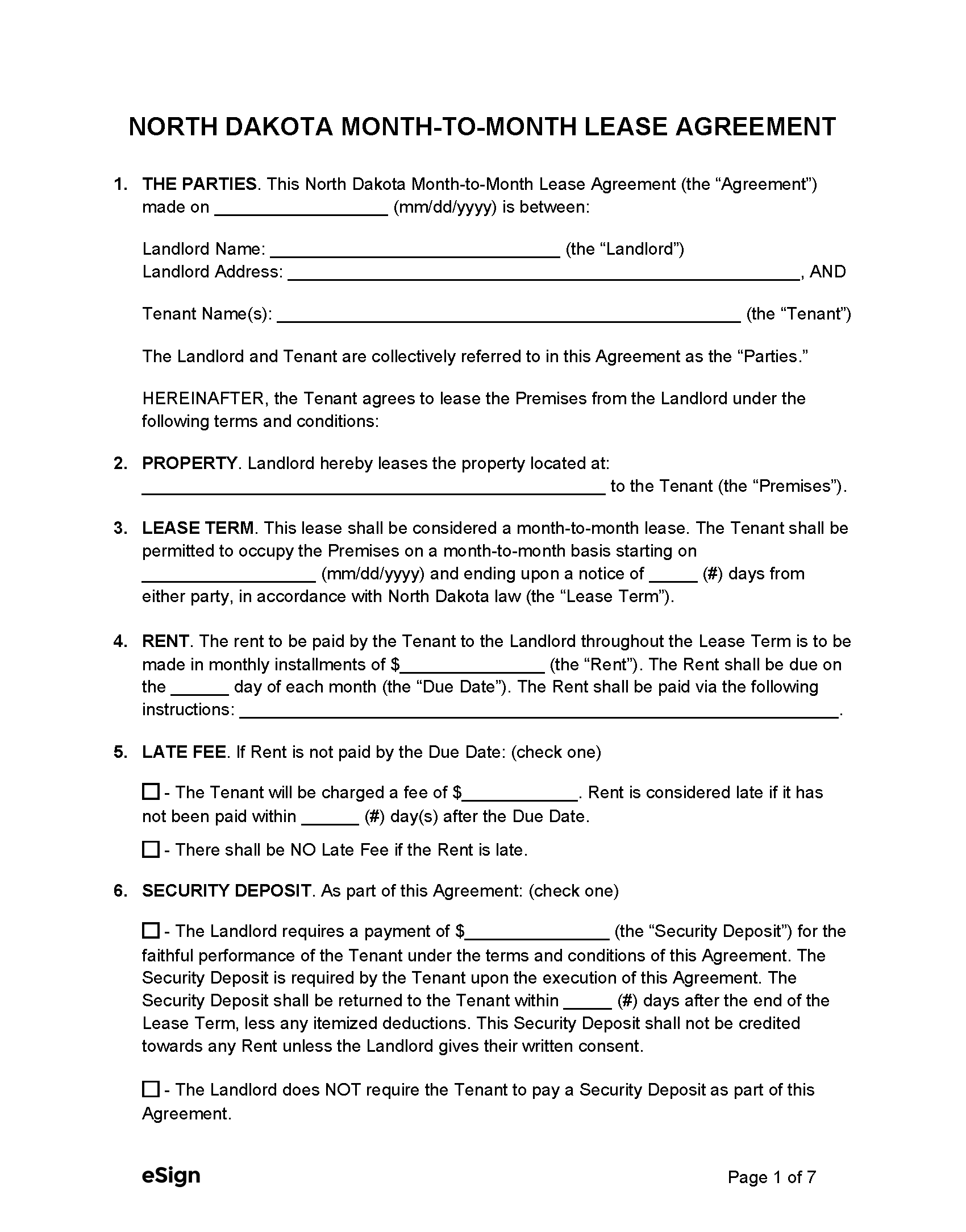 Month-to-Month Lease Agreement – A month-to-month lease is a rental arrangement with no set termination date, instead, it renews with each rent payment. Month-to-Month Lease Agreement – A month-to-month lease is a rental arrangement with no set termination date, instead, it renews with each rent payment.
Download: PDF, Word (.docx), OpenDocument |
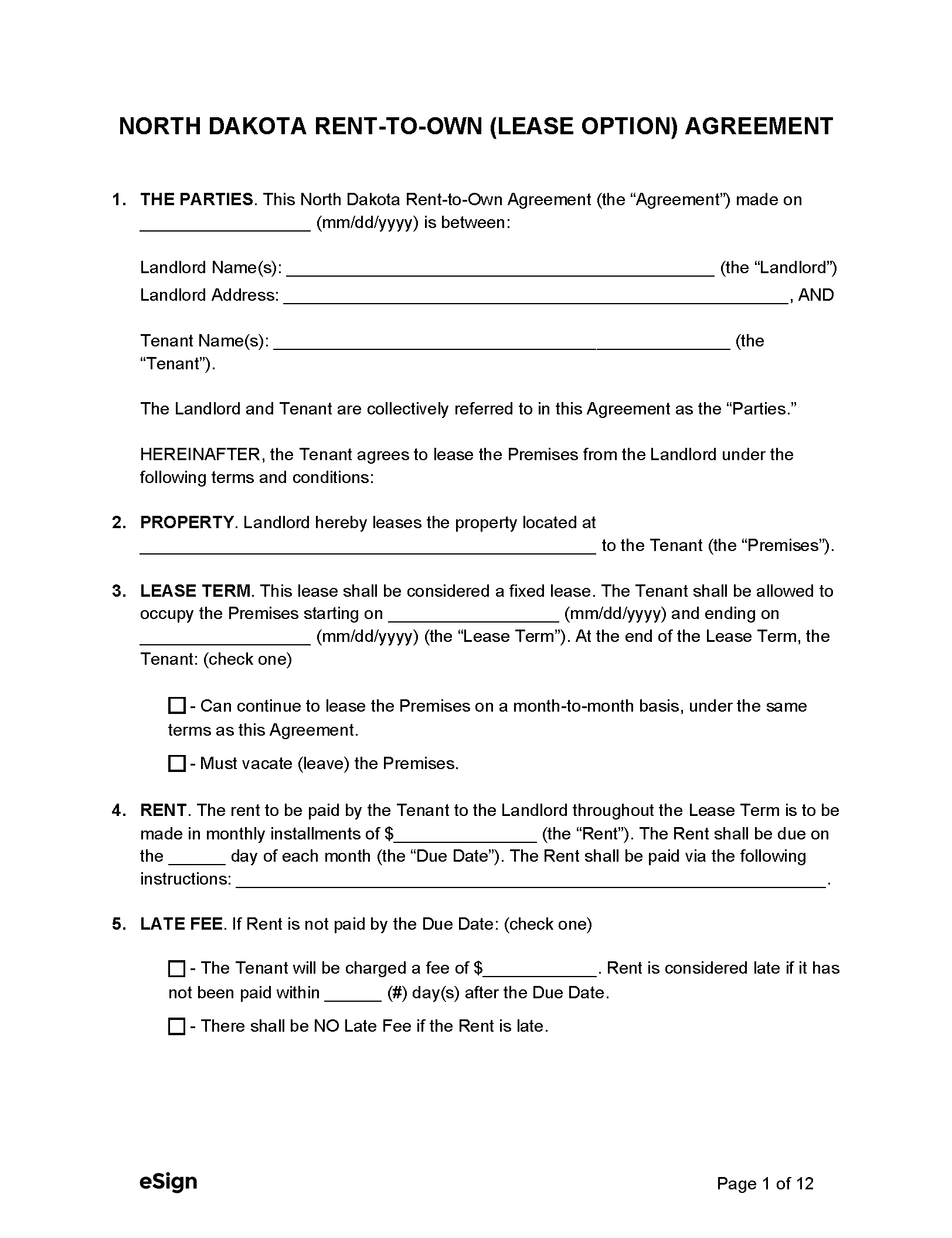 Rent-to-Own Agreement (Lease Option) – A tenant with this type of lease agreement can buy the rental property from the landlord. Rent-to-Own Agreement (Lease Option) – A tenant with this type of lease agreement can buy the rental property from the landlord.
Download: PDF, Word (.docx), OpenDocument |
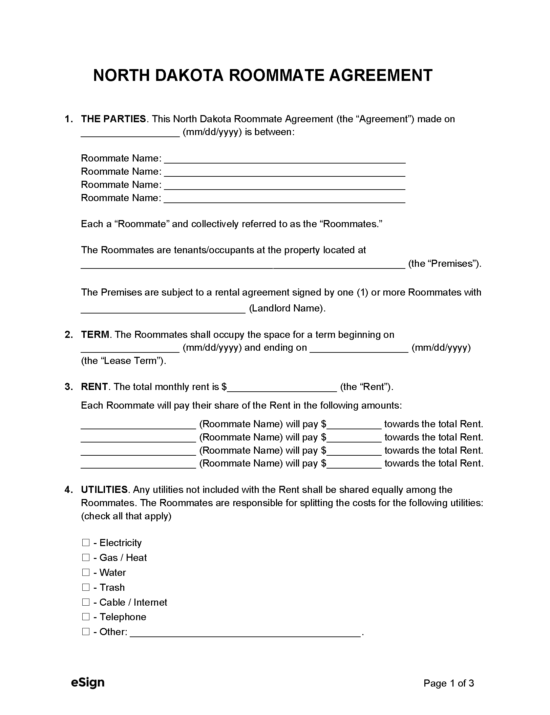 Roommate Agreement – A roommate agreement relays the division of payments and chores in a shared residence. Roommate Agreement – A roommate agreement relays the division of payments and chores in a shared residence.
Download: PDF, Word (.docx), OpenDocument |
 Sublease Agreement – If it is in accordance with their lease, a tenant can use this contract to rent some or all of their space to a subtenant. Sublease Agreement – If it is in accordance with their lease, a tenant can use this contract to rent some or all of their space to a subtenant.
Download: PDF, Word (.docx), OpenDocument |
Required Disclosures (2)
- Lead-Based Paint Disclosure (PDF) – This form is needed to disclose the potential existence of lead paint in rental units built before 1978.[1]
- Property Condition Disclosure (PDF) – When entering into a lease agreement, the landlord must give their tenant a report detailing the condition of the unit. Both parties must sign the document.[2]
Security Deposits
Maximum Amount ($) – One month’s rent is the most that a landlord may demand for a deposit.[3]
- Exceptions – The landlord may charge a security deposit of two months’ rent if:
Collecting Interest – If the lease is at least nine months, the landlord must collect interest on security deposits for the tenant.[7]
Returning to Tenant – Deposits must be returned to tenants no later than 30 days after the lease is terminated.[8]
Itemized List Required? – Yes, the landlord must list any deductions made from the security deposit.[9]
Separate Bank Account? – Yes, security deposits must be placed in a federally insured checking or savings account that accrues interest.[10]
Landlord’s Entry
General Access – Unless it is impractical to do so, the landlord must give the tenant reasonable notice and obtain their permission before entering.[11]
Immediate Access – The landlord can enter the rental unit without permission in the case of an emergency or if the landlord believes the tenant has substantially violated the lease agreement.[12]
Rent Payments
Grace Period – North Dakota has no statutory grace period.
Maximum Late Fee ($) – There is no statutory limit on the amount a landlord may charge for late fees. However, fees can only be charged if the landlord states them in the lease.[13]
Bad Check (NSF) Fee – A $40 fee may be charged for a bounced check.[14]
Withholding Rent – If the landlord has been notified of a repair that needs to be made and fails to act, the tenant may make the repairs and deduct the cost from the rent.[15]
Breaking a Lease
Non-Payment of Rent – The landlord may deliver a 3-day notice to quit to tenants who have not paid their rent.[16]
Non-Compliance – A tenant who violates the terms of the rental agreement may be given a 3-day notice to vacate the premises.[17]
Lockouts – A landlord may not lock out a tenant or cut off the utilities to get the tenant to leave the property.[18]
Leaving Before the End Date – Tenants are generally responsible for any rent owing if they leave before the lease term ends. However, the landlord must make an effort to re-rent the property.[19]
Lease Termination
Month-to-Month Tenancy – Landlords may terminate a month-to-month tenancy with a 1-month notice to quit.[20]
Unclaimed Property – Any property left by the tenant may be sold or disposed of by the landlord after 28 days if the property’s estimated value is under $2500.[21]
Sources
- EPA/HUD Fact Sheet
- § 47-16-07.2
- § 47-16-07.1(1)
- § 47-16-07.1(1)(a)
- § 47-16-07.1(1)(b)
- § 47-16-07.1(2)
- § 47-16-07
- § 47-16-07.1(3)
- § 47-16-07.1(3)
- § 47-16-07.1(1)
- § 47-16-07.3(2)
- § 47-16-07.3(1)
- Attorney General’s Guide to Tenant Rights & Responsibilities (p.2)
- § 6-08-16(2)(a)
- § 47-16-13
- §§ 47-32-01(4), 47-32-02
- §§ 47-32-01(8), 47-32-02
- North Dakota Courts: Eviction for Landlords
- § 47-16-13.5
- § 47-16-15(2)
- § 47-16-30.1
